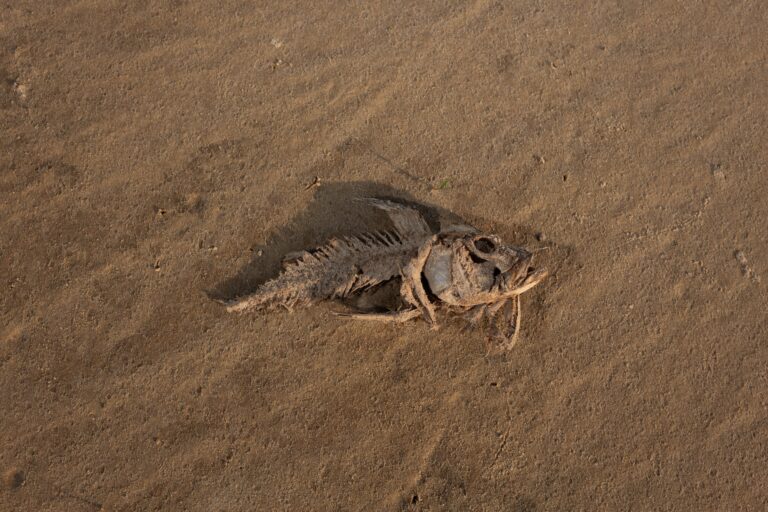MANAUS, Brazil — In September 2024, the landscape in the Middle Solimões region of the Brazilian Amazon lay in stark contrast to its usual exuberance of lush greenery. “When we were arriving in Tefé and the plane approached to land, I was shocked to see everything very dry, with sandbanks multiplying in the waters,” says biologist Susana Braz-Mota. Lake Tefé is close to the Mamirauá Sustainable Development Reserve, a 1.12-million-hectare (2.77-million-acre) area of forests flooded by the Solimões and Japurá rivers.
The entire region is usually a mosaic of waters of high ecological importance. During flooding, the Solimões River brings sediments and nutrients that fertilize the flooded lands, sustaining all wildlife. The abundance of resources in these areas, regulated by natural flood cycles, favors the diversity of fish in the reserve: 541 species have been cataloged here, or 20% of the entire diversity of the Amazon Basin. But the historic drought of 2023, followed by a weak flood in 2024, drastically altered the environment, forcing the fish to survive in waters that were shallower and warmer than usual. Braz-Mota traveled from Manaus, capital of Amazonas state, to Tefé with fellow biologist Rafael Duarte to investigate the impacts of the drought on Amazonian fish. A native of Amazonas, she’s used to the immensity of the region’s rivers, but was now hearing an increasingly common refrain from fishers: “We have seen droughts before, but never as severe as this one.” The historically low levels of the rivers exposed the fish to multiple…This article was originally published on Mongabay


